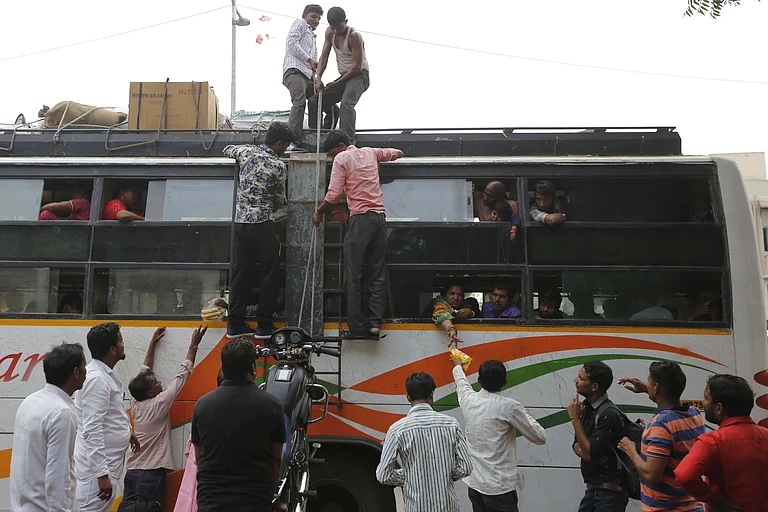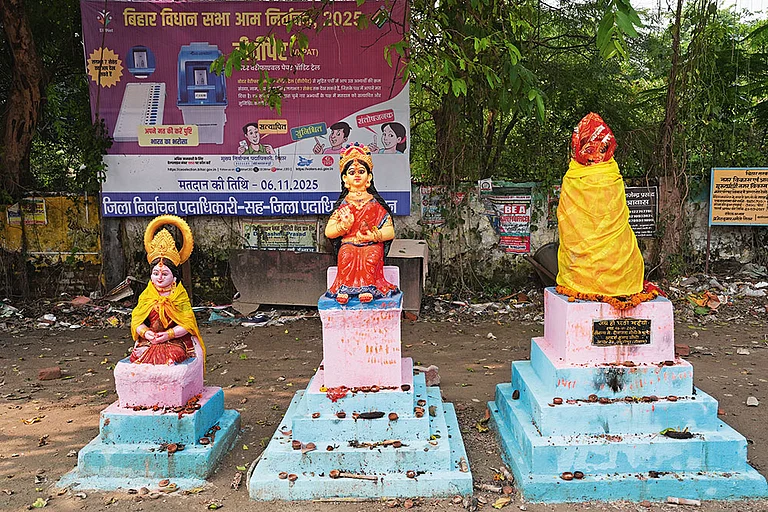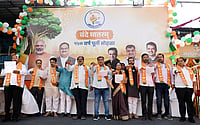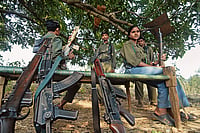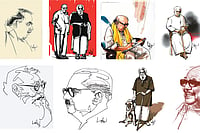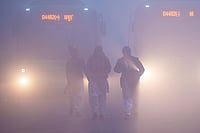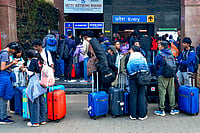
Bihar as among the worst sex ration and gender gap in eduction among the major states, but women voter turnout has been higher than men since 2010.
All parties are vying for their support promising schemes and policies, but seem to have little confidence in women as candidates.
Bihar SIR removed names of more women than men, skewing gender ratio among voters only further.
Of India’s major states, Bihar has a unique feature. Here, the sex ratio recorded a significant dip over the past 50 years. From 957 females per 1,000 males in 1971, Bihar only had 918 females per 1,000 males by 2011.
Yet, Bihar also offers a unique contrasting picture. Since 2010, female voter turnout has remained higher than male voter turnouts in all elections. In the 2020 assembly election, 59.85 per cent women electors voted, as against 54.67 male voters. In the 2024 Lok Sabha elections, 59.4 per cent of women voters exercised their franchise, while male voter turnout stood at 53 per cent.
This is quite interesting because Bihar has one of India’s worst gender gaps in education—nearly 20 percentage points. The 2011 census revealed literacy rate among men and women stood at 71.2 per cent and 51.5 per cent, respectively. According to the fifth round of India's National Family Health Survey (NFHS5), conducted from 2019-2021, women's literacy rate in Bihar is 55 per cent compared to 76.4 per cent among men, aged between 15 to 49 years.
In a state where patriarchy runs deep, higher women voter turnout is often attributed to the high rate of work-related migration—mostly men—who do not return to the state for polling. Whatever the reason, women’s opinions have become a crucial factor in determining poll outcomes.
Past electoral trends show that women have been one of the key votaries of Bihar chief minister Nitish Kumar, cutting across caste lines. According to a post-poll survey by the Centre for the Study of Developing Societies (CSDS), in the 2020 election, older women voters voted for the opposition alliance more, while women in the 18-39 age group voted more for the National Democratic Alliance (NDA), giving an edge to the Janata Dal (United)-BJP-led alliance over the Congress-Rashtriya Janata Dal (RJD)-led alliance in the closely contested election.
There are reasons why Kumar enjoyed some popularity among women voters. Soon after coming to power in 2005, he had introduced 50% reservation for women in the panchayat system. He introduced a 35 per cent reservation quota for women in state government jobs in 2026. This July, his government restricted that quota to women who are permanent residents (domiciles) of Bihar.
Yet, was Kumar unsure of their loyalty this time? For, just two months before the polls, his government announced Mukhyamantri Mahila Rojgar Yojana, which aims to provide one woman from every family a one-time payment of Rs 10,000 to start a business. Those who use the money successfully will get additional benefits of up to Rs 2 lakh, Kumar said at the launch of the scheme at the end of August.
By the time the elections started, more than 1 crore women had received the money. They make up roughly one-third of Bihar’s about 3.5 crore women voters.
Direct cash transfer to women has helped governments in West Bengal, Assam, Delhi, Jharkhand and Maharashtra to retain power in the past and Kumar has taken a leaf out of that book. Whether this last-minute move can influence voters remains to be seen.
However, during these two months, Bihar also recorded a decline in female voters, as the Special Intensive Revision (SIR) removed more women (22.7 lakh) than men (15.3 lakh) from the voter list. Therefore, Bihar now has 892 female voters per 1,000 male voters, down from 899 women for every 1,000 men voters in 2020.
And there is also a dip in women’s candidature. Compared to 370 candidates in the fray in 2020, Bihar now has 258 women contesting. JD(U), which fielded 22 women candidates in 2020 in its 105 seats, has fielded only 13 females this time in its 101 seats.
The complete liquor ban was another issue that earned Kumar women’s favour. However, the ban itself has turned controversial over the past few years, as people allege mushrooming of illegal liquor business due to faulty implementation of the policy. Prashant Kishor's Jan Suraaj Party has carried out an intense campaign highlighting the ill-impacts of the policy and has pledged to immediately lift the ban if they come to power.
Besides, the Mahagathbandhan has made tall promises to women, including Rs 2,500 cash transfer per month under the ‘Mai-Bahin Maan Yojana’, regularising all contractual and outsourced employees and making all Jeevika women permanent government employees with a monthly salary of Rs 30,000.
However, from the context of fielding women, the opposition alliance has not done any better either. RJD has 24 women in its list of 143 candidates—marking the highest share at 16.8 per cent. The Congress list of 61 candidates has only 5 women. Vikashsheel Insan Party (VIP) fielded only one and so did the Left parties. Kishor’s Jan Suraj, the third force in the election, fielded only 25 women in 243 seats.








